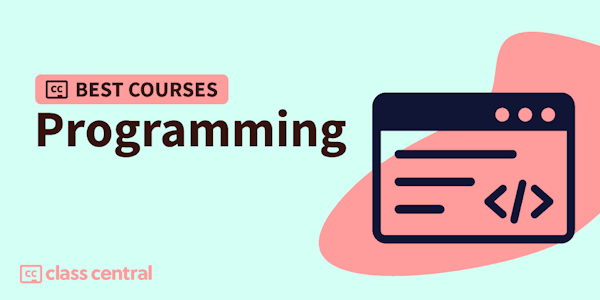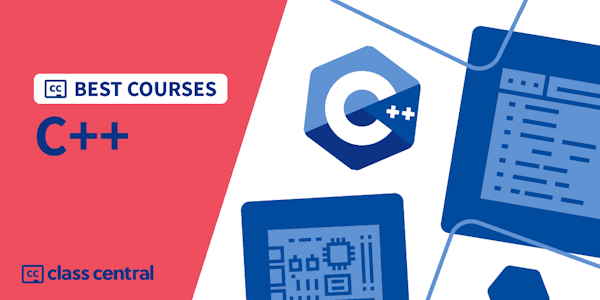Class Central Tips
This course introduces the students to the creation and deployment of modern, standards-compliant web pages written in HTML, CSS, and JavaScript in the context of the client-server architecture of the web. The course also covers the fundamentals of programming in a modern programming language, basic data modeling, database design, implementation, and administration of single-user and shared multi-user database applications using a contemporary relational database management system. The course aims to provide the students with an end-to-end understanding of web application development, from front-end to back-end and deployment.
At the end of this course, students will be able to:
• Create and style web pages using HTML and CSS.
• Add interactivity and functionality to web pages using JavaScript.
• Use web development tools and frameworks to simplify and enhance web development.
• Describe the client-server model and the HTTP protocol.
• Use a modern programming language to write scripts and programs.
• Apply basic programming concepts such as variables, data types, operators, expressions, control
structures, functions, and objects.
• Use data structures and algorithms to solve problems and manipulate data.
• Design, implement, and query relational databases using SQL.
• Connect web pages to databases using server-side scripting.
• Deploy web applications to a web server and a cloud platform.
Software Requirements: Visual Studio Code; Use of CodeSpace recommended to build and test web applications - https://github.com/features/codespaces;
MySQL - https://dev.mysql.com/downloads/workbench/
Other tools as specified in the modules .











